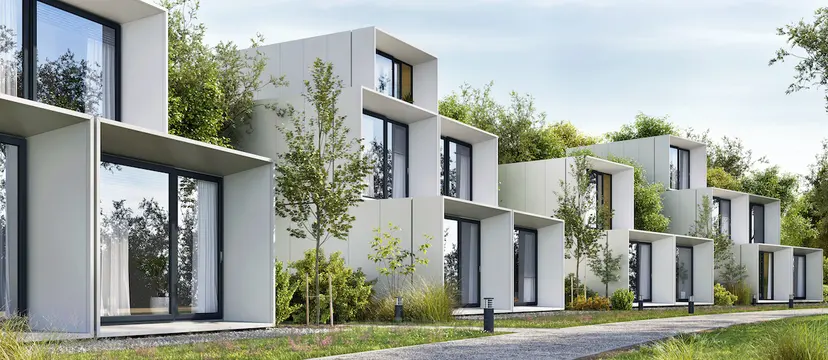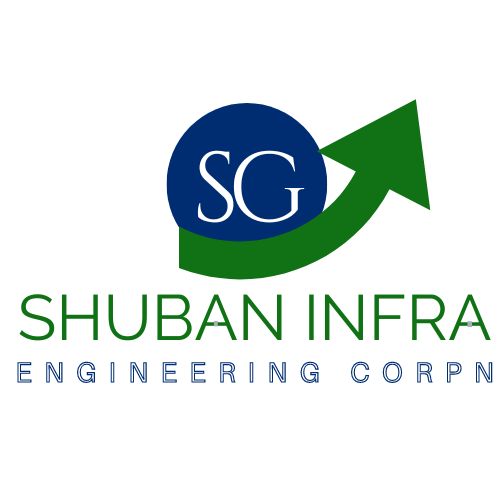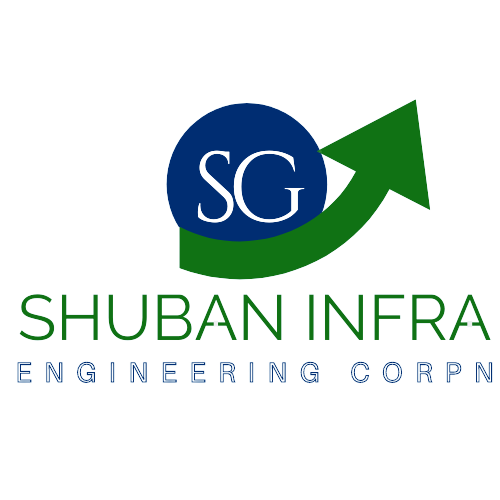PREFABRICATED CABINS / SHELTERS / STRUCTURES / HOMES
Shuban Infra Engineering Corpn is specified in designing high quality Cabins that are very economical &easily transport from one place to another place. We manufacture cabins & building in all sizes as per customers requirement. At present we manufactures & supply as per the following types of cabins, building, Containers.
- Portables Buildings.
- Portable Cabins.
- Bunk Houses.
- Portable Building,
- Security Guards Cabins
- Pre-Fab Offices
- Portable Offices
- Portable Toilets
- Mild Steel Containers
- Toll Booths/Plazas
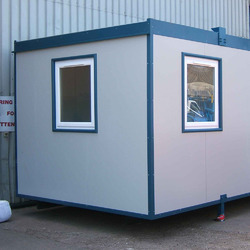
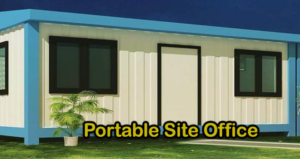

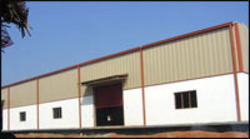
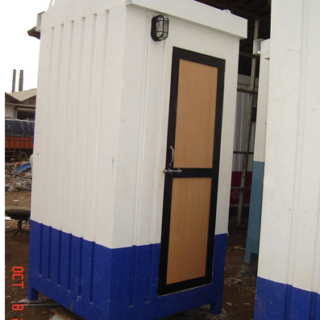
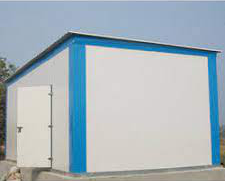
PRE-FABRICATED BUILDING / HOMES
A prefabricated building is any building made from pre-built structural elements manufactured off-site before they are transported and assembled at the building site
There are three main types of prefab homes available to potential home builders:
1.Modular homes: Modular buildings come in repeated sections—modules—that builders transport to the home site for final assembly. You can place modules in numerous configurations, allowing for a variety of floor plans and custom home options. Once completed, modular housing is classified as official real estate, meaning that prefab home manufacturers must abide by all regional, state, and local building codes instead of federal HUD code. A subcategory of the modular construction method is penalized construction. Builders construct penalized homes from wall panels that they join together in unique configurations at the building site. Panelised homes generally require more interior work and thus have the longest on-site build times of all prefab home types.
2.Manufactured homes: These prefab homes are completely constructed off-site on a non-removable steel chassis. The chassis is then used to transport the home. Once a manufactured home arrives at the final construction site and is set into its permanent foundation, the wheeL overall quality is typically lower than that of modular homes.
3.Mobile homes: The term “mobile home” was actually the original name for a manufactured home until the Housing Act of 1980 decreed that the word “manufactured” be used instead of “mobile.” Today it’s more common to use “mobile home” to describe a trailer home built on wheels and pulled by vehicle. Modern prefab mobile homes are considered personal property instead of real estate and must be built to DMV code.
Advantages of Building a Prefab Home – On the fence about purchasing a prefabricated new home for the first time? You’ll want to weigh the pros and cons before taking out a construction loan. There are four primary benefits to building a prefab home.
1.Eco-friendly: The assembly-line building process eliminates waste material, and energy-efficient features like solar panels are less costly to the home buyer when the home manufacturer buys them in bulk.
2.Short construction time: The majority of the prefab home construction process is completed in the factory in one to two weeks, with only minor finishing work required once the house is assembled at the building site. In addition, the indoor factory setting eliminates the weather delays that are common when building other types of homes.
3.Cost-effective: Prefab houses cost considerably less per square foot than a traditional home, averaging around 15 percent cheaper in total.
4.High-quality components: Due to prefab construction taking place in a controlled environment without multiple subcontractors, quality control is a much easier task.
Disadvantages of Building a Prefab Home – While there are many advantages to prefab housing, it still has its share of potential hassles when compared to building a regular home.
1.Zoning regulations: Not every plot of land is zoned for prefabricated houses, which limits your potential living locations and may make the buying process more complicated.
2.Less customization: There are only limited options to choose from when it comes to building styles, making it more difficult to personalize your home.
3.Transportation issues: Transportation may be costly depending on your proximity to the factory. In addition, elements of the home can be damaged during transportation.
4.Site preparation costs: Depending on your plot of land, unexpected construction costs may arise due to required landscaping, foundation development, and access to utility hookups.
